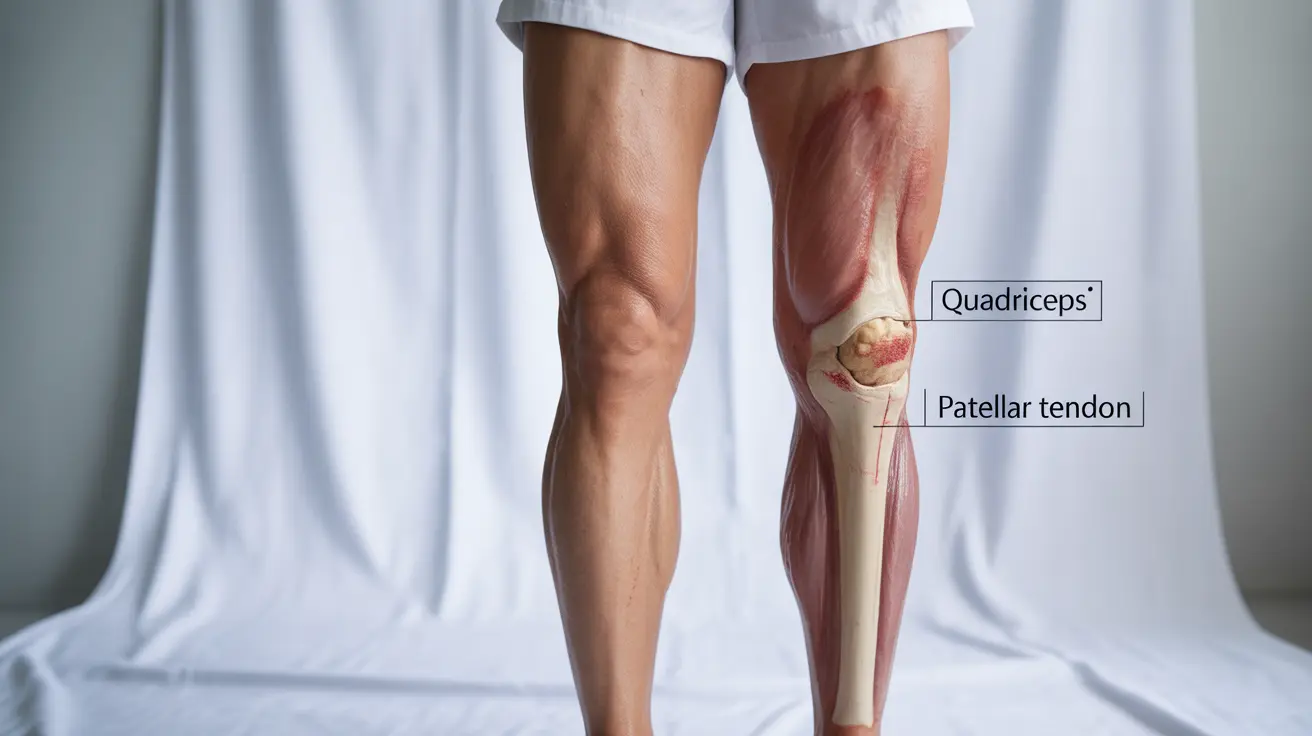Hip replacement surgery can significantly improve quality of life for many patients, but some individuals may experience unexpected thigh and knee pain following their procedure. This post-surgical discomfort, while concerning, is often a manageable part of the recovery process that requires proper understanding and attention.
Understanding the causes and management of thigh and knee pain after hip replacement surgery is crucial for optimal recovery and long-term success of the procedure. Let's explore the various factors that can contribute to this discomfort and learn about effective solutions.
Common Causes of Post-Hip Replacement Knee Pain
Several factors can contribute to knee pain following hip replacement surgery:
Biomechanical Changes
After hip replacement surgery, your body needs to adjust to the new joint mechanics. This adjustment period can temporarily affect your gait and put different stresses on your knee joint, potentially causing discomfort or pain.
Muscle Adaptation
The muscles surrounding your hip and knee must adapt to your new joint positioning. During this adaptation period, some muscles may become overworked while others may be temporarily weakened, leading to knee pain.
Referred Pain Patterns
The nervous system's complex network can sometimes cause pain to be felt in areas distant from the actual source. This phenomenon, known as referred pain, can result in knee discomfort even when the primary healing is occurring at the hip.
Impact of Leg Length Changes
One significant factor that can affect knee pain after hip replacement is leg length discrepancy:
Understanding Leg Length Issues
Despite careful surgical planning, small differences in leg length can occur after hip replacement. Even minimal changes can affect your walking pattern and put additional stress on your knee joints.
Compensation Mechanisms
Your body naturally tries to compensate for any leg length differences, which can lead to:
- Altered walking patterns
- Increased stress on the knee joint
- Muscle imbalances
- Lower back strain
Recovery Timeline and Pain Management
The duration and intensity of knee pain after hip replacement can vary among individuals, but typically:
Initial Recovery Period
The first 6-8 weeks after surgery often involve the most significant adjustment and potential for discomfort. During this time, following your surgeon's and physical therapist's guidance is crucial.
Long-term Adaptation
Most patients see significant improvement in knee pain within 3-6 months post-surgery, though some may require longer to achieve optimal comfort and function.
Treatment and Exercise Solutions
Several approaches can help manage knee pain after hip replacement:
Physical Therapy
- Targeted strengthening exercises
- Gait training
- Balance exercises
- Stretching routines
Pain Management Strategies
Various methods can help control discomfort:
- Ice therapy
- Appropriate pain medication as prescribed
- Gentle movement and activity modification
- Proper rest periods between exercises
Frequently Asked Questions
What causes thigh and knee pain after hip replacement surgery?
Thigh and knee pain after hip replacement can result from multiple factors, including changes in walking patterns, muscle adaptation, temporary nerve sensitivity, and biomechanical adjustments to the new hip joint.
How does leg length discrepancy after hip replacement affect knee pain?
Leg length differences after hip replacement can alter your walking mechanics, putting unusual stress on your knee joint and surrounding muscles, which may lead to pain and discomfort.
Why do I feel pain in my knee even though my hip replacement surgery was successful?
Knee pain after a successful hip replacement often occurs due to temporary gait changes, muscle compensation patterns, and the body's adjustment to new joint biomechanics.
How long does thigh and knee pain usually last after a hip replacement?
Most patients experience improvement in knee pain within 3-6 months after surgery, though some may have symptoms that last longer. The recovery timeline varies based on individual factors and rehabilitation dedication.
What treatments or exercises can help relieve knee pain after hip replacement surgery?
Effective treatments include physical therapy exercises, proper pain management techniques, ice therapy, and following a structured rehabilitation program designed by your healthcare team.
Remember to always consult with your healthcare provider about any persistent pain or concerns during your recovery process.




